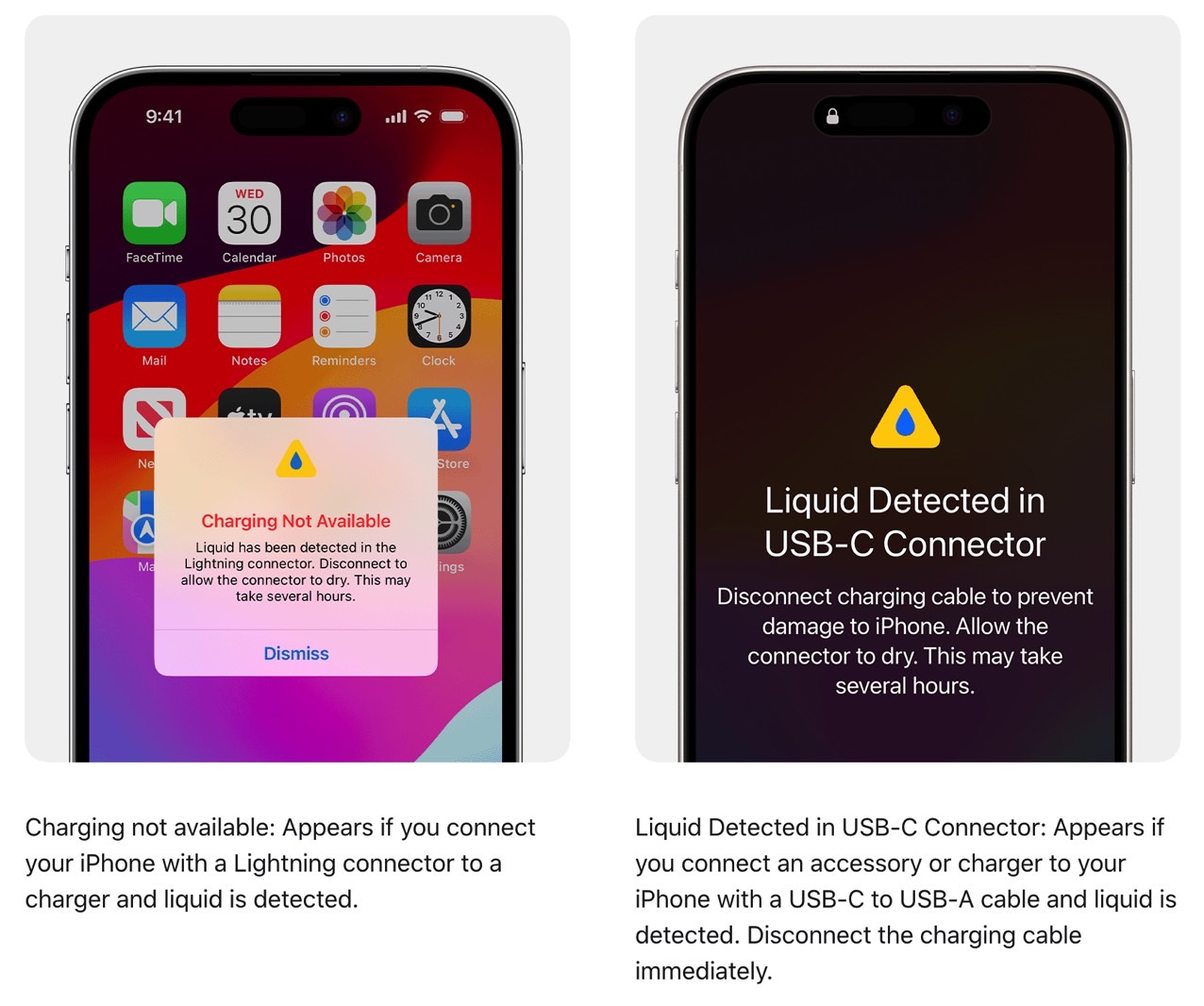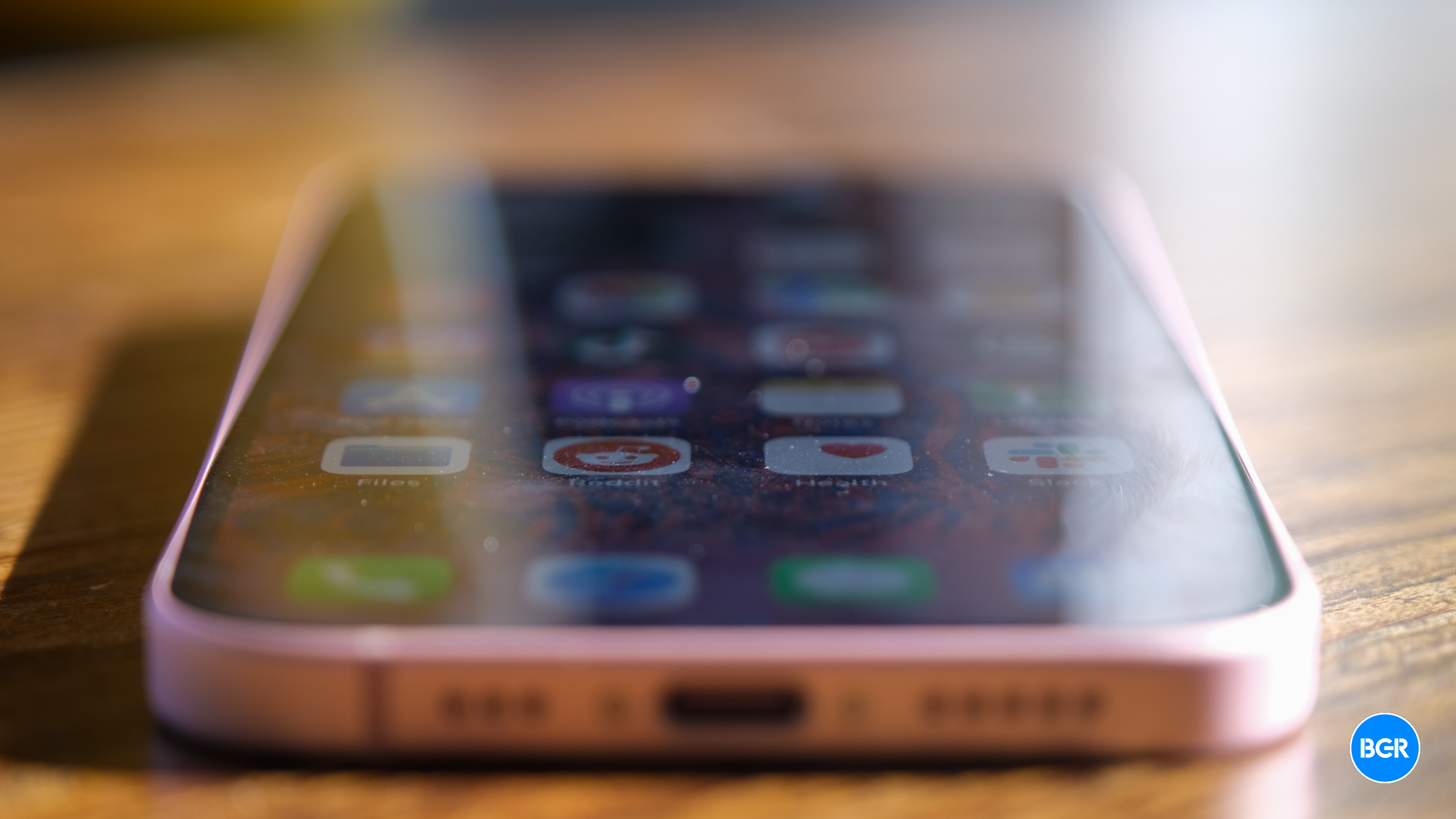The iPhone does water resistance so good it’s practically waterproof. Apple won’t call it that because it technically can’t offer the feature. But we’ve seen countless stories of iPhones surviving longer water immersion periods.
If you splash your iPhone with water or drop yours in the toilet or pool, it’ll probably be fine. Icky, but fine. The newer the iPhone, the better its chances of surviving such an accident. Just wait for the iPhone to dry, and you’ll be able to use it as before.
However, it turns out that you shouldn’t try to speed up the drying process by placing the wet iPhone into a bowl or bag of rice. We’ve all been using rice wrong with iPhones for years. Apple is only telling us about it right now.
You’ve probably heard about the rice solution already. You might have used it yourself. It seems like a no-brainer because rice traps moisture, and most people have it around the house. Put the iPhone in rice, the liquid will trickle out right into the rice.
I know I’ve told people in my family and some friends to use the rice trick to dry smartphones that encounter liquids. The results were mixed. Rice can’t do miracles if your phone isn’t water-resistant. Or if water found a way to damage certain components.
iPhones know when the connector is wet
After all these years of making iPhones, Apple has just published a new support document that warns against using rice as a desiccant. I know it’s a new support doc because it offers examples of iPhones telling their owners that the USB-C port can’t charge the handset as long as it’s wet. Apple only introduced iPhones with USB-C ports last year, the iPhone 15 series.
The document also applies to the Lightning connector, however, as you can see at this link.

Apple tells you that any iPhone starting with the 2018 iPhone XS/XR series will detect the presence of liquid in the connector. Charging will not be possible if you see warnings on the screens that read:
“Liquid detected in Lightning Connector”: This alert appears if you connect a Lightning accessory to your iPhone that doesn’t charge your iPhone and liquid is detected.”
“Liquid Detected”: This alert appears if you connect a USB-C accessory to your iPhone and liquid is detected.
Apple explains that trying to charge an iPhone when the port is wet can lead to the corrosion of some of the pins. This could cause additional problems down the road, like the permanent damage of the port.
The company says you can override the warning and still try to charge the phone in an emergency. The better option would be using the wireless charging option of the handset. All iPhones, starting with the iPhone X/8 series, support wireless charging.
Rice and other things to avoid
Apple also has recommendations to dry your phone faster. That’s where you’ll find the rice warning. You should not use rice to dry the iPhone. Here’s everything you shouldn’t do:
Don’t dry your iPhone using an external heat source or compressed air.
Don’t insert a foreign object, such as a cotton swab or a paper towel, into the connector.
Don’t put your iPhone in a bag of rice. Doing so could allow small particles of rice to damage your iPhone.
I have to say that I never considered the possibility of rice damaging the iPhone. And sure, rice might get into the port, which would be another problem you need to fix. There’s no other way of damaging the iPhone, though rice might scratch some displays.

What to do if your iPhone gets wet
Here’s what Apple says you should do to dry your wet iPhone:
Tap your iPhone gently against your hand with the connector facing down to remove excess liquid. Leave your iPhone in a dry area with some airflow.
After at least 30 minutes, try charging with a Lightning or USB-C cable or connecting an accessory.
If you see the alert again, there is still liquid in the connector or under the pins of your cable. Leave your iPhone in a dry area with some airflow for up to a day. You can try again to charge or connect an accessory throughout this period. It might take up to 24 hours to fully dry.
If your phone has dried out but still isn’t charging, unplug the cable from the adapter and unplug the adapter from the wall (if possible), and then connect them again.
I hope I’ll keep my iPhone dry, but I have to say that rice still feels like the right thing to do in a bind. Maybe it’s because of how long I’ve thought that rice works. Or perhaps it’s just a placebo; maybe I was hoping it worked all along. Apple knows better; I’m sure of that. Perhaps the best thing to do is to let a wet iPhone air dry. And then wait some more.








